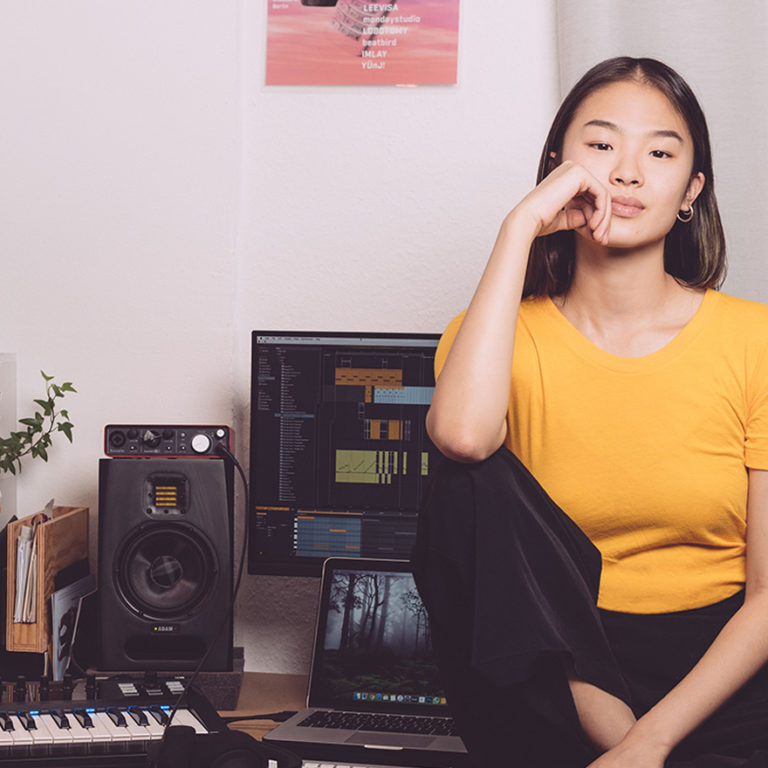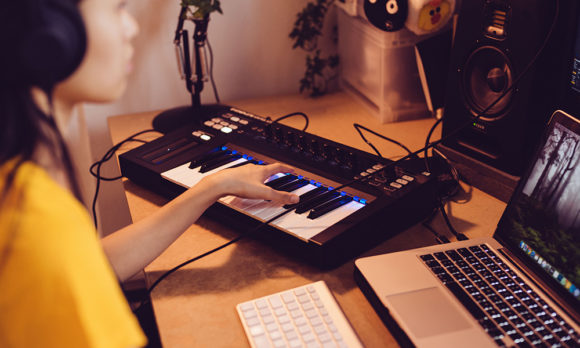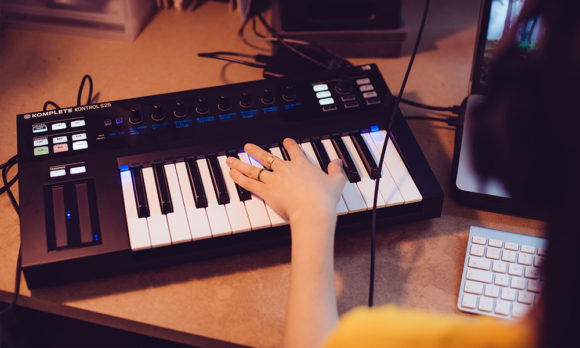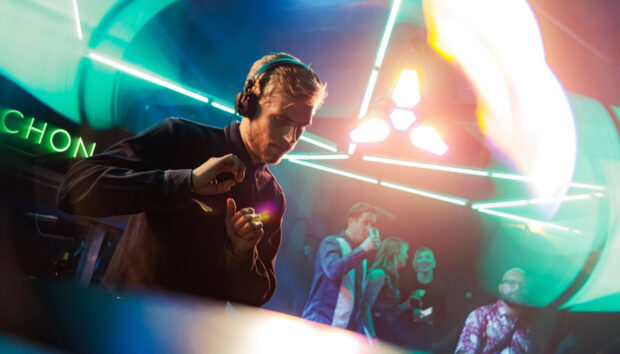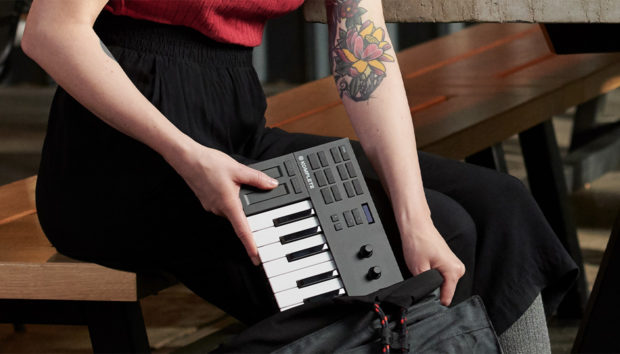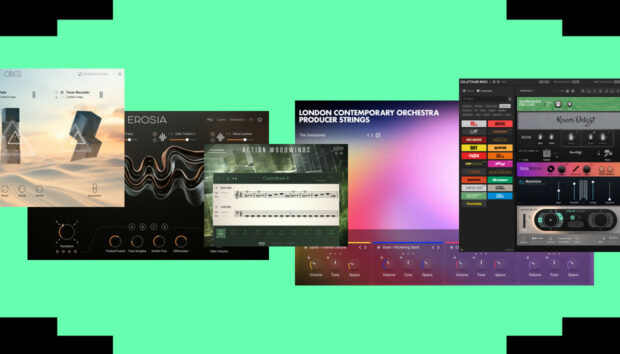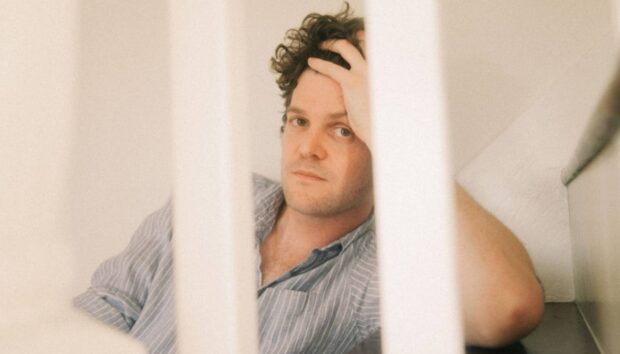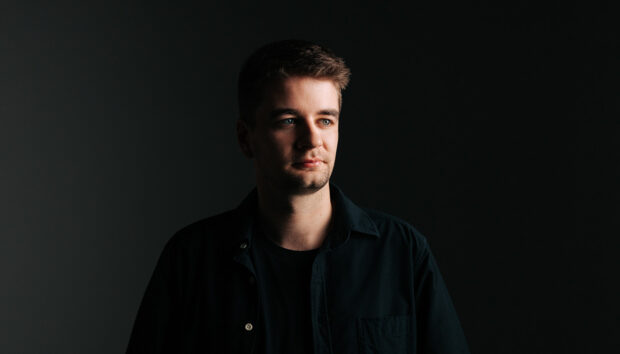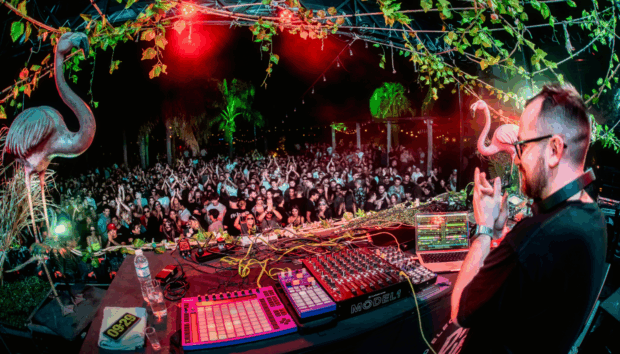While the name mobilegirl may have come from a phone sticker pack, the worldwide DJ and artist (also known as Bao-Tran Tran) has been making people sit up and listen to the real world.
mobilegirl’s intimate dancefloor sessions recently hit the USA, and while DJing is the beating heart of the mobilegirl experience, 2017’s Poise saw her hit the studio, emerging with an introspective collection released by the Stockholm collective Staycore. Would it surprise you to learn, then, that Bao had only started making music in autumn of 2014?
“I’d had very little experience in music beforehand,” she explains. “And only the most basic lessons via school. As a kid I learned how to play a few mallet instruments, but I drifted away from that pretty fast. My family always expected me to master an instrument – but as an impressive skill rather than a means of expression – so I felt a lot of pressure from that, and I generally couldn’t see myself in music.”
So it took you a while to find what really motivates you. When did the music bug bite?
It wasn’t until I started meeting people with similar tastes – more experimental electronic music – that I felt encouraged to try my hand at music again. Eventually, a friend of mine in university offered me his Traktor controller so I could try out some mixing, and that’s when I got more and more interested. From there things went pretty fast.
So it took the experimental, expressive side to get going. What was stopping you from getting into more mainstream electronic music?
I think I had my share of issues with more established genres because of the people who were listening to them. Music doesn’t work outside of a social context.
I can’t geek out over how amazing a track sounds if I know I’d have to stand amidst of a flood of douchebags in order to listen to that track in a club. The music that I was drawn to was the kind that I could barely draw a real-life connection to – one that felt more like it was made by and for people who don’t really belong. Now, being a DJ allows me to create the right environment and bring that music to the people who feel the same way.
Did TRAKTOR make things easier and more accessible as you took your first steps into DJing?
I found Traktor super-easy to get into. It’s quite self-explanatory and pretty good to start out with. It doesn’t require you to export anything because it’s all on your computer. I don’t like carrying my notebook to a gig but it does have its advantages – you can be a ton faster with switching out tracks, there are more hotcues, and you can play samples.
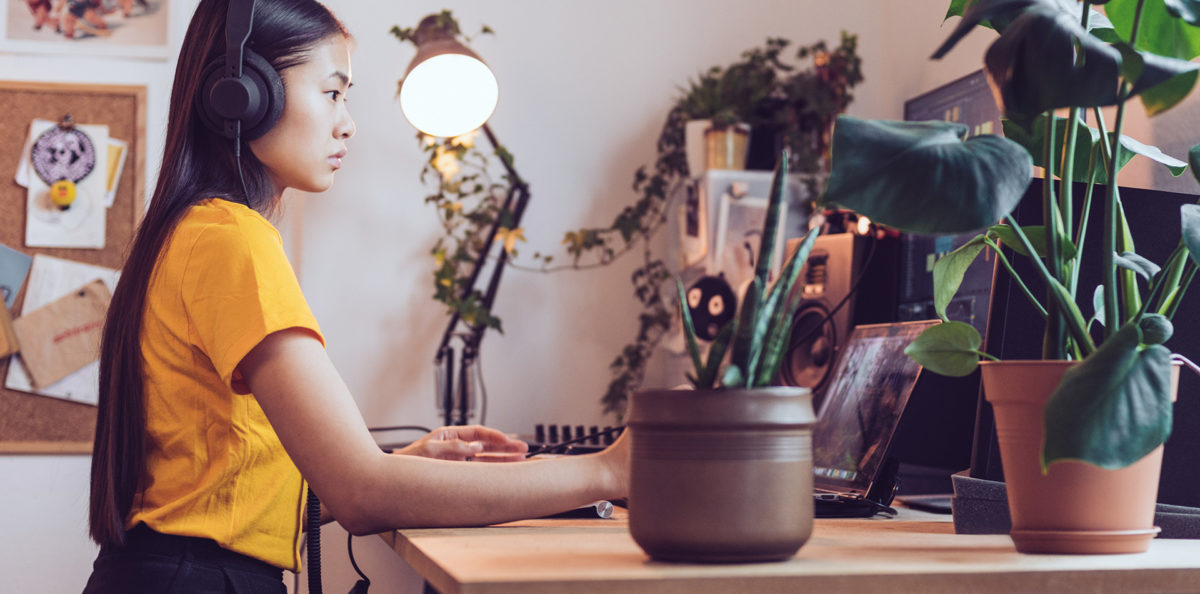
How did you evolve your sets as you continued to play and developed larger and larger audiences?
Actually, I tend to prefer smaller crowds where the DJ booth is part of the dancefloor itself anyway, but I’ve still felt myself getting better with time and practice. Once I got comfortable enough, I picked up a third deck, and that allowed me to layer different stems on top of blends. That’s still my favorite thing to do – I like to do things like playing drum tracks and then adding synth lines from pop songs or acapellas on top of them.
For last year’s album, Poise, you brought things out of the club and into the studio. How did you translate your usual DJing into creating a ‘static’ album? What was it like to wear the producer hat for that one?
I consider myself equally a producer and a DJ. I used to struggle with how to be both at the same time because I felt that my productions wouldn’t fit into my DJ sets… in fact, I’ve barely played out Poise at all, and was almost sure that releasing it would kill my career!
If I’m making edits, that’s where I have DJing in mind, but there’s of an introspective focus when I’m creating an original production. The result is something completely different. Where my DJing really affected Poise was in the tracklist – I was very particular about the order and almost released the whole thing as one mix.
So how did you make the final call on the track ordering? What considerations are there?
It’s partly about guiding the energy levels – bringing the listener up, then back down again – but it’s also about creating a little abstract narrative. I wanted to set a spacious intro that arked up into what is the clubbiest track, and then crashed down into some sort of relief. Then the last track creates a sense of longing with the stretched-out glides, which might be something like a very subtle cliffhanger.
I find this way of putting tracks together much more interesting than making them sonically cohesive by using the same sounds and structure. I loved it when somebody told me that they’d enjoyed the EP most when listening to it as a whole.
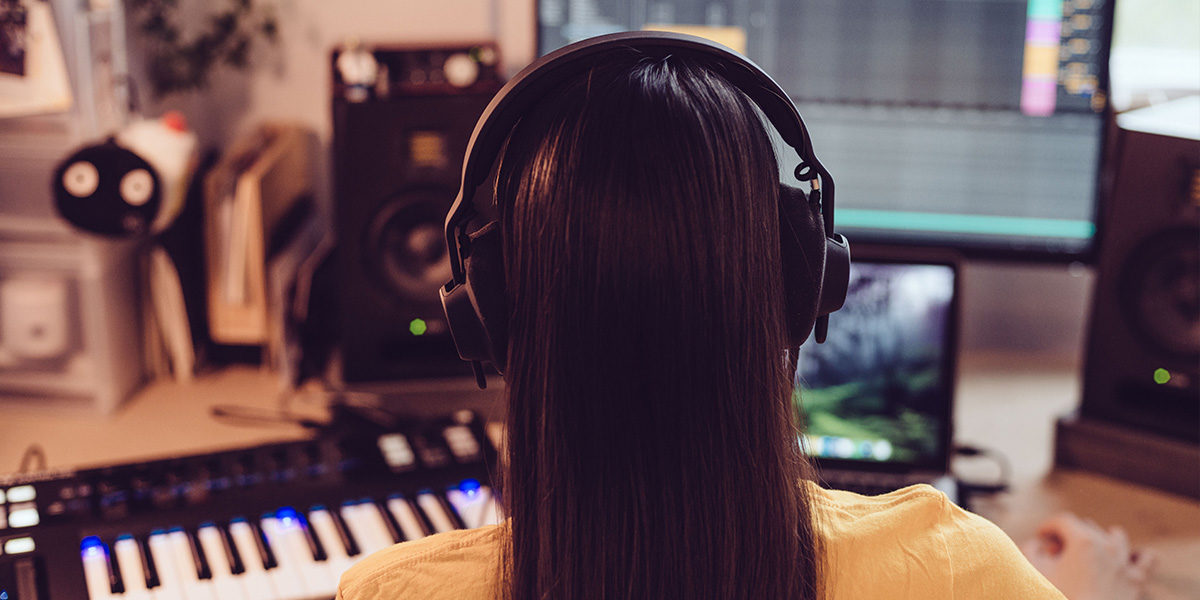
It’s not too different to the skills you’d use in remixing and DJing, really. If you’re taking one track apart to mix with another, how do you decide which elements are in and which elements are out?
Usually there’s one part of a track that really stands out for me. Often it’s simply the vocals or any melody. I like keeping the parts that are most recognizable. That way, even if you completely trash the rest, some of the original will still come through no matter what you do. I started playing out stems of songs where I could find them, too, which create instant live edits of songs – it’s quite fun.
TRAKTOR was how you got your start, and the TRAKTOR KONTROL S4 is coming very soon. What new functions and features might change up your sets?
Well, what I’ve always liked about Native Instruments’ controllers is their haptics, as well as the look and the feel. This one really doesn’t seem like some plastic toy at all. Adjusting tempo in the jog mode feels much better than any controller I’ve tried before, and the turntable mode opens up scratching and tempo/pitch effects.
What really appeals most to me is the jog wheels with haptic feedback – that’s going to make it easier to ‘feel’ your way around what you’re mixing. Generally, I find controllers really lack the feeling of a bigger player, but they’ve done a great job with the jog wheel here, really improving the resistance and making it feel more like pro equipment.
So when I’m listening to Poise or to a DJ set, where are the sounds coming from? Are you more into sampling or synthesis?
I like having a good mix of both. Everything melodic is usually done with synthesis because it feels more controllable. On the other hand, my drums are almost always samples that have been altered, and then there’s often a few recordings that give it some reference to real life.
I’ve been using a lot of NI software since being part of the Sketches series a few years ago. I probably feel most comfortable with Massive at this point, but I also love just going through presets of different synths when trying out new things. When I’m mixing, I also like to use iZotope software because of their interfaces.
Do you ever find you get too far into synthesis, though? It’s definitely possible to lose hours by just tweaking tiny things…
When I’m writing a track, yeah, I definitely waste a lot of time on synthesis. A good method is to completely separate the two processes – soon I want to dedicate some time to just designing sounds, nothing else, and then I have a lot to choose from later when it’s time to reach for something.
And I assume sampling gets more of an outing as part of DJ sets than in sound-design and writing tracks….
Actually, I also started doing a few scoring jobs this year, so there’s sampling involved in that as well. Using NI libraries such as Action Strikes speeds up the process so much and makes things sound more organic because the samples vary more in their expression.
And traditional sampling is still a great production tool – I have a track where I’ve recorded myself speak and sampled that, but so altered you can barely tell it’s anyone’s voice. Which one that is will stay locked, though!
photos: Camille Blake








